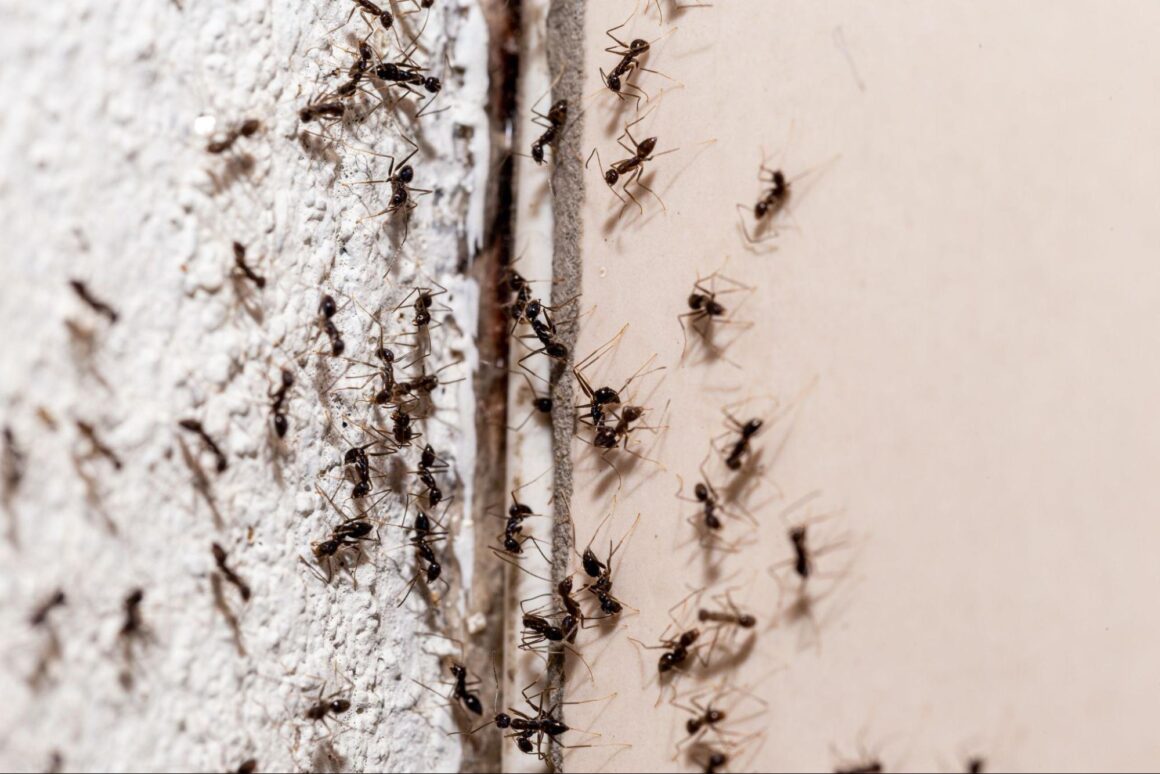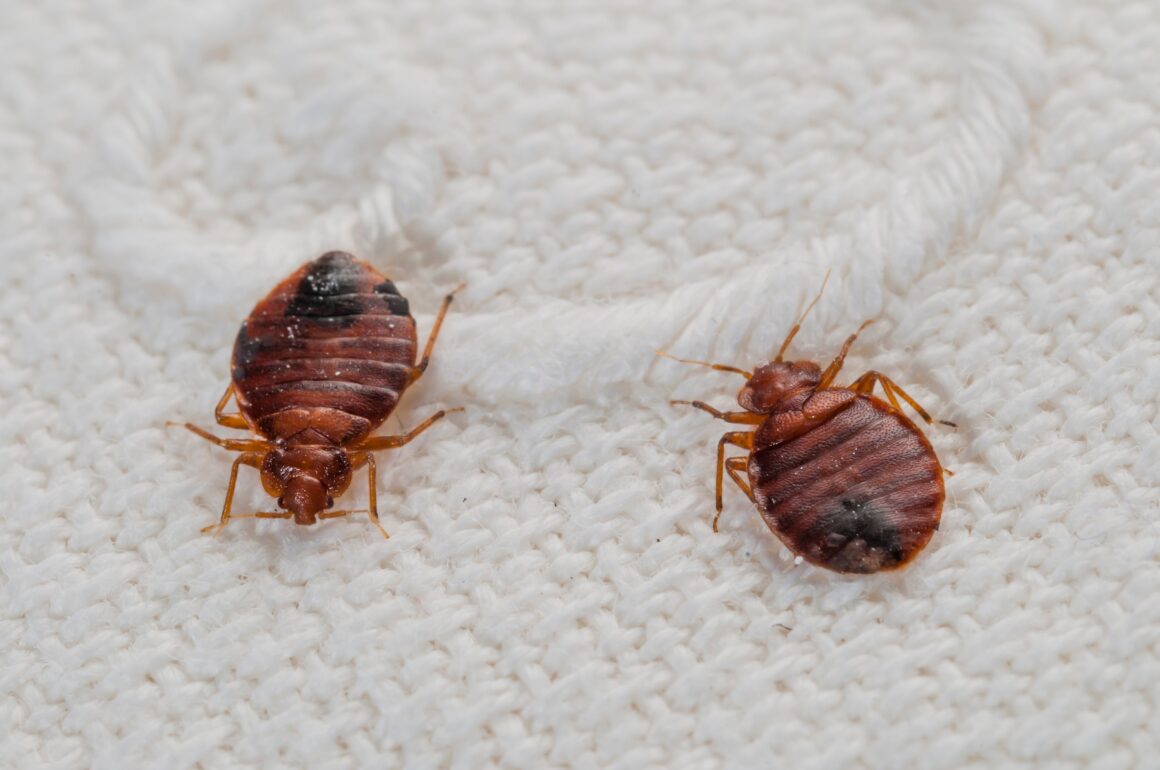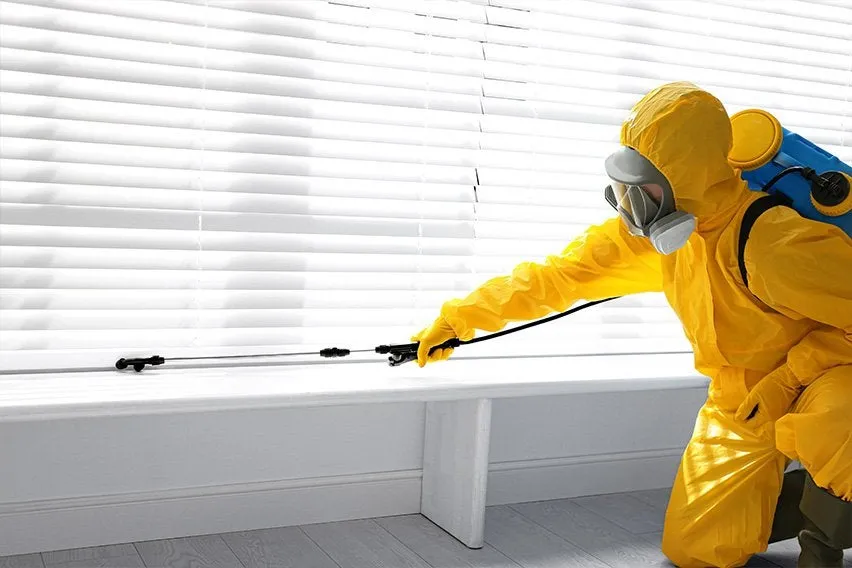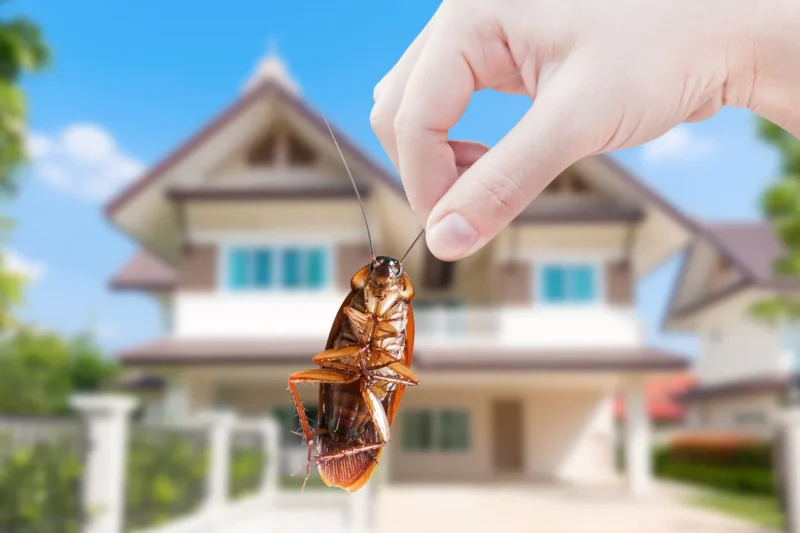Pest problems are a universal challenge that homeowners and businesses often face. Understanding the most common pests is crucial for effective pest control.
This comprehensive guide explores prevalent pest issues and explains how pest control services can address them.
Identifying Common Pest Problems
Rodents: Mice and Rats
- Signs of Infestation:
- Droppings, gnaw marks, and scampering sounds
- Nests made of shredded materials are in hidden areas
- Potential Risks:
- Contamination of food and surfaces
- Structural damage due to gnawing
- Pest Control Approach:
- Sealing entry points
- Implementing traps and baits
Insects: Ants

- Signs of Infestation:
- Visible ant trails
- Accumulation of ant mounds near structures
- Potential Risks:
- Food contamination
- Structural damage in the case of carpenter ants
- Pest Control Approach:
- Identifying and eliminating entry points
- Using ant baits and deterrents
Insects: Cockroaches
- Signs of Infestation:
- Foul odors
- Droppings resembling coffee grounds
- Potential Risks:
- Spread of diseases
- Allergen triggers
- Pest Control Approach:
- Eliminating food sources
- Sealing cracks and crevices
Insects: Termites
- Signs of Infestation:
- Hollow-sounding wood
- Discarded termite wings
- Potential Risks:
- Structural damage
- Compromised building integrity
- Pest Control Approach:
- Regular termite inspections
- Implementing termite baits and liquid treatments
Insects: Bed Bugs

- Signs of Infestation:
- Reddish-brown stains on bedding
- Itchy bite marks on the skin
- Potential Risks:
- Sleep disturbances
- Allergic reactions
- Pest Control Approach:
- Heat treatments and steam cleaning
- Bed bug traps and insecticides
Wildlife: Squirrels and Birds
- Signs of Infestation:
- Noises in attics or walls
- Nesting materials in vents
- Potential Risks:
- Damage to electrical wiring
- Health hazards from droppings
- Pest Control Approach:
- Sealing entry points
- Humane trapping and relocation
Collaborating with Pest Control Services

Professional Inspection and Assessment
- Thorough Inspections:
- Pest control services conduct detailed inspections to identify specific pest issues
- Assessment of the extent of infestation and potential entry points
Customized Treatment Plans
- Tailored Solutions:
- Pest control experts create personalized plans based on the identified pests
- Utilization of environmentally friendly and targeted treatments
Integrated Pest Management (IPM)
- Holistic Approach:
- IPM focuses on prevention, monitoring, and control
- Minimizes the use of pesticides while promoting sustainable practices
Ongoing Maintenance and Prevention
- Regular Monitoring:
- Pest control services offer routine inspections for ongoing prevention
- Implementing measures to prevent future infestations
Conclusion
Navigating common pest problems requires a multifaceted approach that involves identifying specific pests, understanding their behaviors, and implementing effective control measures. While homeowners can take preventive steps, collaborating with professional pest control services enhances the likelihood of successful pest management.
Whether dealing with rodents, insects, or wildlife, a proactive and informed approach ensures a pest-free environment. Remember, early intervention is key to minimizing the impact of pest infestations, and regular collaboration with pest control services contributes to the long-term well-being of homes and businesses.


